Probably the most widely used sauce in our time is mayonnaise. It is loved by young and old and combined and used in various dishes, pastries, salads, appetizers, sandwiches, side dishes.
As easy as it is to prepare, it is sometimes delicate, as it is likely not to be obtained with the desired density and to become thin and lumpy.
Why does this happen and what should we do if we unfortunately encounter such a problem? There are many recipes for homemade mayonnaise and the first important condition for success is to choose a tried and tested one, with the right proportions and description.
The classic ratios are for 1 egg, about 6.1 fl oz (180 ml) of oil or olive oil, a spoon of vinegar or lemon juice and a pinch of salt.
The indispensable appliance used for making mayonnaise is a liquidizer and the container with the products needs to be narrow and high. The appliance is placed tightly on the bottom and in a narrow bowl, beat the egg with some of the fat, salt and lemon juice. Turn on the liquidizer and do not move it, until the mixture underneath starts to emulsify and turn white. Then at the same time pour the remaining fat in a thin stream and very slowly pull the appliance up, until it becomes completely white.
This way we always have perfectly prepared mayonnaise with perfect density in seconds.
But what if, despite how strictly you followed the rules, the mayonnaise is thin?
Don't worry, don't give up and don't waste your products by throwing them away.
Put 2-3 tbsp. of hot water in a new clean container. Position the liquidizer on the bottom again, turn it on and at the same time start pouring the unsuccessful thin mayonnaise in a thin stream. You will see that it will soon emulsify perfectly and thicken.
Another option to fix the failure is to make new mayonnaise separately (with one egg) and when it emulsifies, pour the thin one again in a thin stream, while slowly pulling the liquidizer up as previously described. By doing this you will have a little more than originally planned, but you can always find an application for a quality, real homemade mayonnaise in many dishes.
Just so you don't have to fix your mayonnaise, in addition to following the technique and proportions of a quality tested recipe, you must keep in mind these important tips:
1. Your products should be at the same temperature, preferably room temperature. If you add a cold egg to the oil, it is very likely that you will lump up the sauce and it will not be able to emulsify properly and thicken.
2. The fat is poured slowly and in a thin stream, if you add it too quickly you are again at risk of getting thin mayonnaise.
3. Use quality products. Last but not least, oil, which isn't of good quality or egg stored in bad conditions, can ruin all your efforts, no matter how well you perform the mayonnaise procedure.
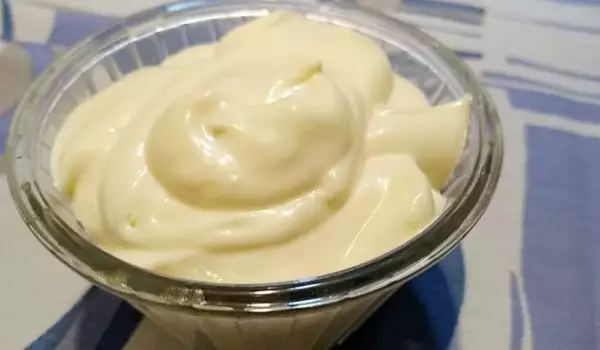
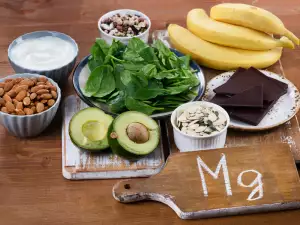


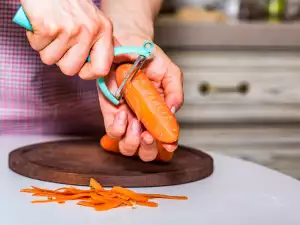



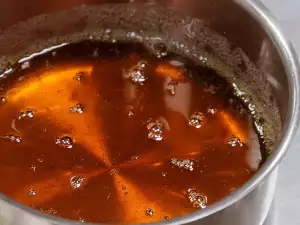


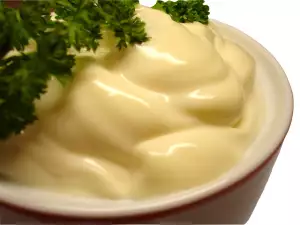







Comments